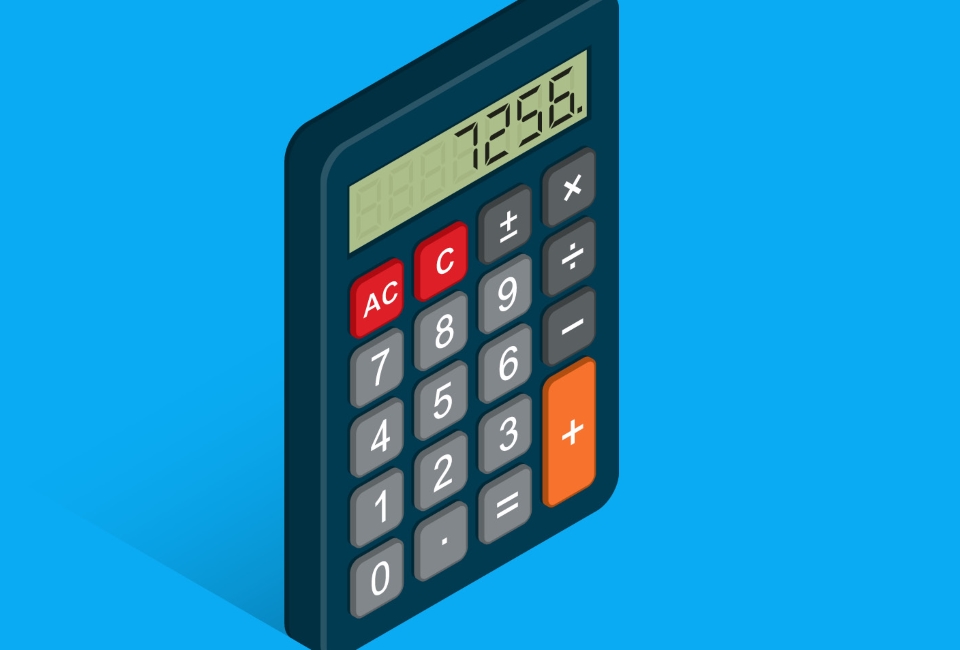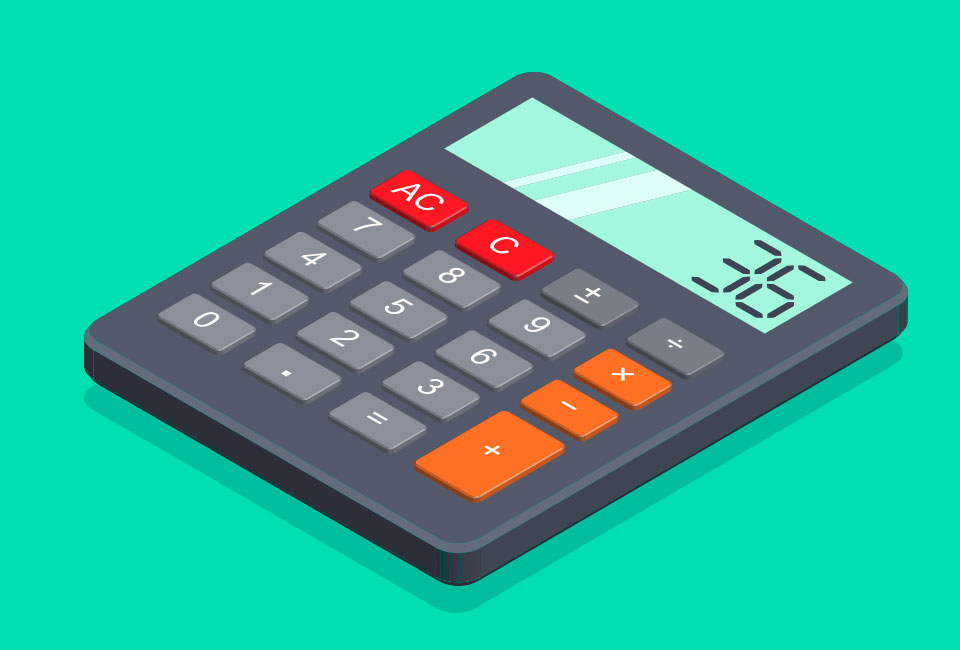Important information: You usually need to be at least 55 (rising to 57 from 2028) before you can access the money in a pension. Pension and tax rules can change, and any benefits will depend on your circumstances. Investments can rise and fall in value, so you could get back less than you invest. This information isn’t personal advice. If you’re not sure what’s best for your situation, you should seek financial advice.
What is the Pension Annual Allowance?
The pension annual allowance is set at £60,000, and this is the total value that can be paid into all your pensions each tax year before triggering a tax charge.
Lower limits may apply if you’re a high earner or you’ve already accessed a pension, as explained below.
You can also make contributions to your spouse or partner’s pension. These contributions will count towards their annual allowance, not yours - so it’s important to make sure they have enough allowance left before making any payments on their behalf. You can contribute up to £2,880 a year to the pension of a non-earning spouse, partner or child.
There used to be a limit to the total value of pension benefits you could build up throughout your lifetime and generally receive up to 25% tax free. This limit was known as the lifetime allowance and was set at £1,073,100 for most people. However, from 6 April 2024, the lifetime allowance was abolished and replaced with three different allowances. These are the lump sum allowance, the lump sum and death benefit allowance, and the overseas transfer allowance.
Which contributions count towards the annual allowance?
All pension contributions made by you, your employer or anyone else, plus any basic-rate tax relief added by the government, count towards the annual allowance.
You’ll only get tax relief on personal pension contributions up to 100% of your UK earnings, or £3,600 if this is greater. How much tax relief you receive will depend on your earnings and tax band. You must also be 74 or younger, and normally be a UK resident for tax purposes.
For example, if you wanted to use the full £60,000 pension annual allowance, and your employer paid in £15,000, you’d only need to pay in £36,000 and the rest (£9,000) would come from the (20%) basic-rate tax relief that you’d automatically get.
If you’re a higher-rate (40%) taxpayer, you could also claim up to £9,000 back through your tax return. This means the effective cost to you of a £45,000 pension contribution could be as little as £27,000.
If you’re a Scottish taxpayer, tax rates and bands differ, and so different rates of tax relief apply.
What is the annual allowance for high earners?
If you have a ‘threshold income’ above £200,000 and an ‘adjusted income’ of more than £260,000, you will see your annual allowance reduce by £1 for every £2 of adjusted income over the £260,000 limit. This is called the Tapered Annual Allowance (TAA) and can be as little as £10,000.
Broadly speaking, threshold income is your total taxable income plus any salary/bonus sacrificed for pension contributions, minus any personal pension contributions you make and adjusted income is your total taxable income plus any employer pension contributions.
For example, an adjusted income of £280,000 would reduce your annual allowance from £60,000 to £50,000. If your adjusted income was £360,000 or more, your annual allowance would be just £10,000.

Can I contribute more than I earn?
If you want to contribute above the amount you earn, your employer might be able to make an employer pension contribution using salary sacrifice. You won’t get tax relief on these contributions, but they will still count towards your allowance.
Does accessing your pension reduce the annual allowance?
If you’ve already accessed your pension pots or have ever been in flexible drawdown, your pension contributions could be limited by the Money Purchase Annual Allowance (MPAA).
Under this rule, if you’ve started withdrawing money from a defined contribution pension (such as personal pension or many workplace pensions), you can only contribute up to £10,000 a year into any defined contribution pensions from that point.
If you have a defined benefit (e.g. final salary) pension that is still gaining benefits, you may have an alternative allowance of up to £50,000 available to you – which is the Annual Allowance with the £10,000 MPAA deducted. You should speak to your provider for more details on how this works.
These rules are complex, so it’s important to check the impact on future contributions ahead of accessing any pension.
How to calculate your annual allowance
It’s important to keep an eye on your pension payments as you near the end of the tax year to avoid getting caught out by a surprise tax charge.
To work out if you’re affected by the annual allowance, you’ll need to calculate the value of all pension contributions made in the current tax year. How you calculate this will depend on the type of pension you have.
If you have a defined contribution pension – e.g. personal pensions, Self-Invested Personal Pensions (SIPPs) and stakeholder pensions - you must calculate the value of all contributions made by you, your employer, or anyone else on your behalf. This is the gross value, so includes any basic-rate tax relief added.
If you have a defined benefit pension – also known as final salary schemes – you’ll need to contact your pension provider and ask for your ‘pension input amount’ in the current tax year. The benefits accrued in a defined benefit scheme are given a value which counts towards the annual allowance.

Learn more in our Annual Allowance Factsheet
What happens if you exceed the annual allowance?
If the total value of payments across all your pensions is more than your annual allowance, you may need to pay tax on the difference. This is known as the annual allowance tax charge.
The annual allowance charge effectively removes any tax relief given on pension contributions that exceeded your allowance for that tax year.
The difference will be added to the rest of your taxable income for that tax year and subject to Income Tax at the rates that apply to you.
This could result in an increased tax bill at the end of the year, so it’s important to keep an eye on your pension contributions and adjust them accordingly.
How to avoid exceeding your annual allowance
If you’re at risk of breaching the annual allowance, you might be able to use any unused annual allowance from the previous three tax years. In some cases, this could mean you can contribute up to £220,000 in one tax year, which can help to reduce your annual allowance charge or remove it completely. This is known as carry forward.
Free online tools

Pension tax relief calculator
Find out how much tax relief you could get from your pension contribution.

Pension calculator
Is your pension on track? Use our pension calculator to discover how much your pension might pay at retirement based on your current contributions.
Pension essentials

How much should I pay into my pension?
Not sure how much to pay into your pension? Here we explore what to consider when deciding how much to contribute, and why it pays to start early.

Can I still contribute to a pension after retirement?
We look at the reasons why you should consider paying into your pension even if you’ve already taken money out or stopped working.

5 costly pension mistakes to avoid
If you make a mistake with your pension, you could end up paying for it later. Discover 5 tips to make the most of your pension and tax relief allowances.

Boring Money Best Buys 2025

Boring Money Best Buys 2025

Investing in the Web's Global Broker Awards 2024
Help and support
Take a look at our most frequently asked questions for quick answers.
If you need more assistance or have specific questions, please contact us.
